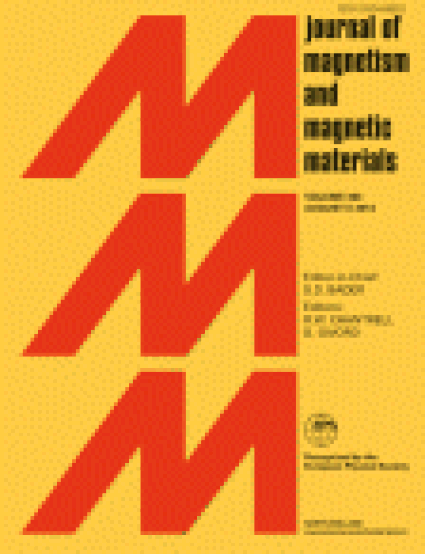
EPR studies on two types of nanoparticles of Fe3+ doped, 0.1–10%, ZnO, NL and QJ, prepared using similar chemical hydrolysis methods, in diethylene glycol, and in denatured ethanol solutions, respectively, were carried out at X-band (~9.5 GHz) at 77 K and at Q-band (~34.0 GHz) at 10, 80, and 295 K. To interpret the experimental results, EPR spectra were simulated by exact diagonalization of the spin-Hamiltonian matrix to identify the Fe ions at different magnetically active sites in these samples. The simulation for NL samples revealed that they contained (i) Fe3+ ions, which substituted for Zn ions, the zero-field splitting (ZFS) parameter which has a large distribution over the sample due to oxygen vacancies in the second coordination sphere; (ii) EPR signal from surface oxygen defects; and (iii) ferromagnetically (FM) coupled Fe ions with concentration of Fe more than 1%. The EPR spectra for QJ samples are very different from those for NL samples, exhibiting only rather intense FM EPR lines. The FM and EPR spectra in NL and/or QJ samples are found to vary strongly with differences in the surface morphology of nanoparticles.
Available at: http://works.bepress.com/alex_punnoose/49/
